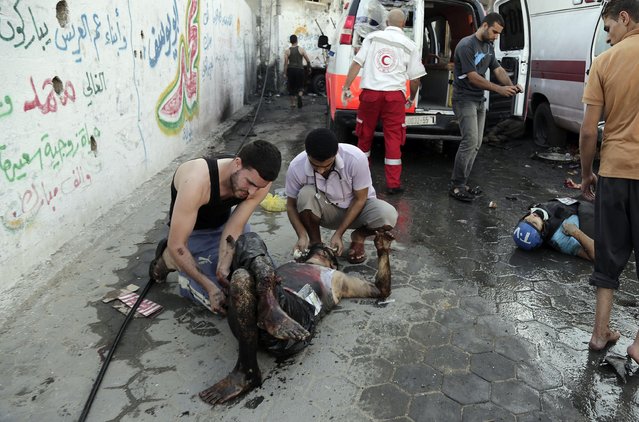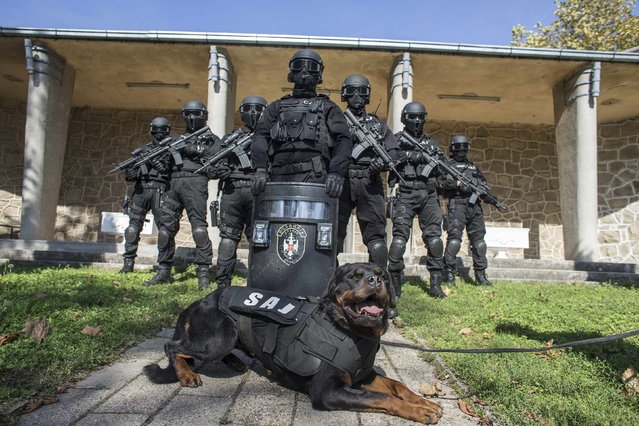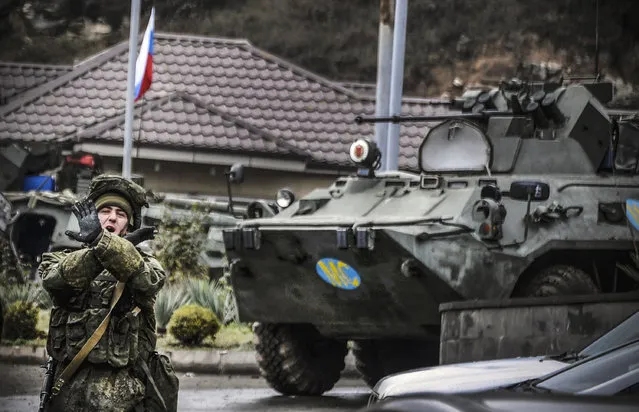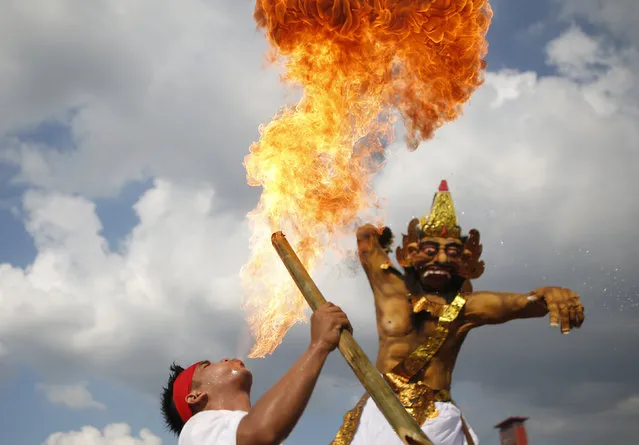
Leon Feingold, right, drops his jeans as his girlfriend Patrizia Calvio looks in her purse on the uptown E Train during the 18th annual No Pants Subway Ride, January 13, 2019, in New York. (Photo by Kathy Willens/AP Photo)
21 Dec 2019 00:05:00,post received
0 comments







